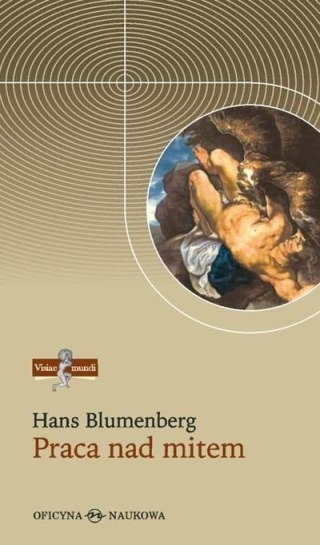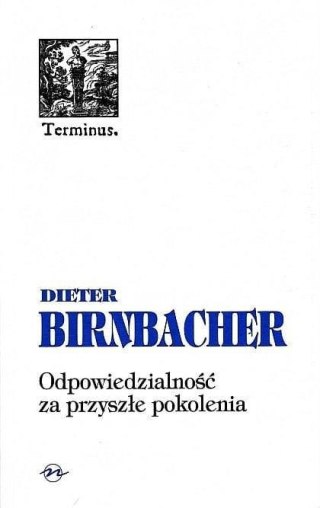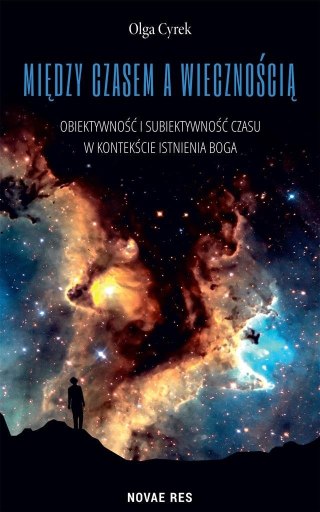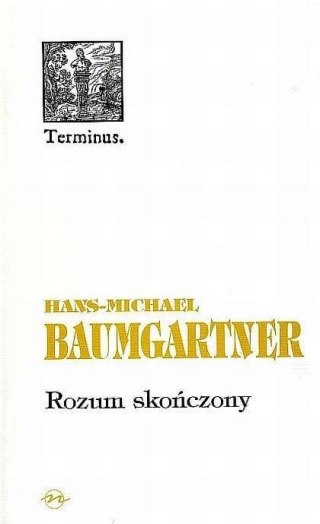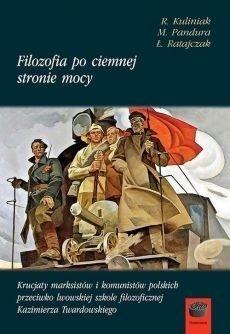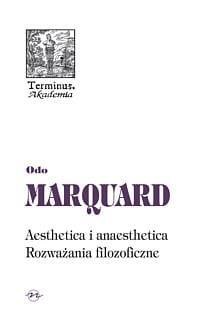Koszyk (0)
Koszyk jest pusty
Do bezpłatnej dostawy brakuje
-,--
Darmowa dostawa!
Suma
0.00 zł
Cena uwzględnia rabaty
Strona korzysta z plików cookies zgodnie z Polityką Cookies w celu realizacji usług. Korzystanie z witryny oznacza, że będą one umieszczane w Twoim urządzeniu końcowym. Możesz określić warunki przechowywania lub dostępu do plików cookies w Twojej przeglądarce.
-
Kategorie
-
Artykuł szkolne i papiernicze
- Bloki
- Cienkopisy
- Cyrkle
- Długopisy
- Druki i formularze
- Dziurkacze
- Farbki
- Flamastry
- Glina
- Globusy
- Gumki
- Kalkulatory
- Kleje
- Koperty
- Korektory
- Kostki, bloczki samoprzylepne
- Kosze
- Kreatywne
- Kreda
- Kredki
- Linijki
- MAGNESY
- Makijaż
- Markery
- Masy plastyczne
- Naklejki
- Notatniki
- Nożyczki
- Okładki
- Ołówki
- Organizery
- Pamiętnik
- Papeteria
- Papier kancelaryjny
- Papier kolorowy
- Papier ksero
- Pędzelki
- Pinezki, spinacze, zszywki
- Pióra
- Piórniki
- Planery
- Plany lekcji
- Plastelina
- Plecaki
- Pomoce Naukowe
- Segregatory
- Skoroszyty
- Skorowidze
- Stempelki
- Szablony
- Tablice
- Taśmy
- Teczki
- Tekstylia
- Temperówki
- Tuby
- Tusze
- Worki na buty
- Zakładki do książek
- Zakładki indeksujące
- Zakreślacze
- Zestawy
- Zestawy szkolne
- Zeszyty
- Zszywacze
-
Audiobooki
- Bajki
- Baśnie
- Biografie
- Dla dzieci
- Dla młodzieży
- Dzienniki, pamiętniki
- Ekonomia i biznes
- Fantastyka, fantasy
- Felietony
- Historia
- Horror
- Kryminał
- Lektury
- Literatura faktu, reportaż
- Literatura polska
- Obyczajowa
- Opowiadania
- Podróże
- Poradniki
- Powieść
- Proza
- Przygodowa
- Psychologia
- Psychologia, Socjologia
- Religia
- Romans
- Sensacja
- Dla dzieci i młodzieży
- Gry planszowe
-
Języki obce
- Albański
- Angielski
- Arabski
- Białoruski
- Chiński
- Chorwacki
- Czeski
- Duński
- Estoński
- Filipiński
- Francuski
- Grecki
- Gruziński
- Hebrajski
- Hindi
- Hiszpański
- Holenderski
- Indonezyjski
- Islandzki
- Japoński
- Koreański
- Litewski
- Łaciński
- Łotewski
- Macedoński
- Niderlandzki
- Niemiecki
- Norweski
- Ormiański
- Perski
- Polski
- Portugalski
- Rosyjski
- Rumuński
- Serbski
- Słowacki
- Słoweński
- Szwedzki
- Tajski
- Turecki
- Ukraiński
- Węgierski
- Wietnamski
- Włoski
-
Lego®
- Animal Crossing
- Architecture
- Art
- Avatar
- Batman
- Boost
- City
- Classic
- Creator
- Disney
- Disney Princess
- Dots
- Dreamzzz
- Duplo
- Elves
- Flowers
- Friends
- Functions
- Harry Potter
- Gabby's Dollhouse
- Icons
- Ideas
- Indiana Jones
- Juniors
- Jurassic World
- MARVEL
- Mickey and Friends
- Mindstorms
- Minecraft
- Minions
- Ninjago
- Lego Dodatki
- Opakowania Zbiorcze
- Speed Champions
- Star Wars
- Super heroes
- Super Mario
- Technic
- Trolls
- Vidiyo
- Nagrodówka2024
-
Literatura
- Aforyzmy
- Antropologia
- Archeologia
- Architektura
- Astrologia
- Astronomia
- Biografie
- Biznes
- Czasopisma
- Dla dorosłych
- Dokument
- Dramat
- Dzienniki, pamiętniki
- Ekologia
- Ekonomia
- Ekonomia i biznes
- Erotyka
- Eseje
- Etyka
- Ezoteryka
- Fantastyka
- Felietony
- Film
- Filozofia
- Finanse
- Historia
- Historyczne
- Hobby
- Horror
- Humanistyka
- Humor
- Informatyka
- Inne
- Językoznawstwo
- Języki obce
- Klasyka obca
- Komiks
- Kryminał
- Kulinaria
- Kultura
- Legendy
- Listy
- Literatura faktu, reportaż
- Literaturoznawstwo
- Logistyka
- Malarstwo
- Marketing
- Medioznawstwo
- Medycyna
- Militaria
- Motoryzacja
- Muzyka
- Nauka i technika
- Nauki humanistyczne
- Obyczajowa
- Opowiadania
- Opowieść
- Pamiętnik
- Pedagogika
- Podróże
- Poezja
- Poezja, dramat
- Polityka, Politologia
- Popularnonaukowa
- Poradniki
- Powieść
- Prawo
- Proza
- Proza współczesna
- Przewodniki
- Przygodowa
- Psychiatria
- Psychologia
- Publicystyka
- Reklama
- Religia
- Romans
- Senniki
- Sensacja
- Socjologia
- Sport
- Sztuka
- Thriller
- Ukraińska
- Wiersze
- Wojenne
- Wspomnienia
- Wywiady
- Zarządzanie
- Zdrowie
- Zdrowie i uroda
- Zwierzęta
- Literatura szkolna
- Podręczniki
-
Puzzle
- Akcesoria
- Baby puzzle
- Dla najmłodszych
- Edukacyjne
- Od 10 do 60 elementów
- Przestrzenne
- Sensoryczne
- Zestawy
- 104 elementy
- 500 elementów
- 1000 elementów
- 70 elementów
- 80 elementów
- 100 elementów
- 108 elementów
- 120 elementów
- 150 elementów
- 160 elementów
- 180 elementów
- 200 elementów
- 250 elementów
- 260 elementów
- 300 elementów
- 600 elementów
- 2000 elementów
- 1500 elementów
- 3000 elementów
- 4000 elementów
- 6000 elementów
- Komiksy
- Książki na prezent
-
Artykuł szkolne i papiernicze
- Nowości
- Polecamy
- Lektury szkolne
- Nagrody Szkolne 2024
- Wyprzedaże do -90%
- Kontakt
-
Kategorie
-
Bloki
-
Cienkopisy
-
Cyrkle
-
Długopisy
-
Druki i formularze
-
Dziurkacze
-
Farbki
-
Flamastry
-
Glina
-
Globusy
-
Gumki
-
Kalkulatory
-
Kleje
-
Koperty
-
Korektory
-
Kostki, bloczki samoprzylepne
-
Kosze
-
Kreatywne
-
Kreda
-
Kredki
-
Linijki
-
MAGNESY
-
Makijaż
-
Markery
-
Masy plastyczne
-
Naklejki
-
Notatniki
-
Nożyczki
-
Okładki
-
Ołówki
-
Organizery
-
Pamiętnik
-
Papeteria
-
Papier kancelaryjny
-
Papier kolorowy
-
Papier ksero
-
Pędzelki
-
Pinezki, spinacze, zszywki
-
Pióra
-
Piórniki
-
Planery
-
Plany lekcji
-
Plastelina
-
Plecaki
-
Pomoce Naukowe
-
Segregatory
-
Skoroszyty
-
Skorowidze
-
Stempelki
-
Szablony
-
Tablice
-
Taśmy
-
Teczki
-
Tekstylia
-
Temperówki
-
Tuby
-
Tusze
-
Worki na buty
-
Zakładki do książek
-
Zakładki indeksujące
-
Zakreślacze
-
Zestawy
-
Zestawy szkolne
-
Zeszyty
-
Zszywacze
-
Bajki
-
Baśnie
-
Biografie
-
Dla dzieci
-
Dla młodzieży
-
Dzienniki, pamiętniki
-
Ekonomia i biznes
-
Fantastyka, fantasy
-
Felietony
-
Historia
-
Horror
-
Kryminał
-
Lektury
-
Literatura faktu, reportaż
-
Literatura polska
-
Obyczajowa
-
Opowiadania
-
Podróże
-
Poradniki
-
Powieść
-
Proza
-
Przygodowa
-
Psychologia
-
Psychologia, Socjologia
-
Religia
-
Romans
-
Sensacja
-
Albański
-
Angielski
-
Arabski
-
Białoruski
-
Chiński
-
Chorwacki
-
Czeski
-
Duński
-
Estoński
-
Filipiński
-
Francuski
-
Grecki
-
Gruziński
-
Hebrajski
-
Hindi
-
Hiszpański
-
Holenderski
-
Indonezyjski
-
Islandzki
-
Japoński
-
Koreański
-
Litewski
-
Łaciński
-
Łotewski
-
Macedoński
-
Niderlandzki
-
Niemiecki
-
Norweski
-
Ormiański
-
Perski
-
Polski
-
Portugalski
-
Rosyjski
-
Rumuński
-
Serbski
-
Słowacki
-
Słoweński
-
Szwedzki
-
Tajski
-
Turecki
-
Ukraiński
-
Węgierski
-
Wietnamski
-
Włoski
-
Animal Crossing
-
Architecture
-
Art
-
Avatar
-
Batman
-
Boost
-
City
-
Classic
-
Creator
-
Disney
-
Disney Princess
-
Dots
-
Dreamzzz
-
Duplo
-
Elves
-
Flowers
-
Friends
-
Functions
-
Harry Potter
-
Gabby's Dollhouse
-
Icons
-
Ideas
-
Indiana Jones
-
Juniors
-
Jurassic World
-
MARVEL
-
Mickey and Friends
-
Mindstorms
-
Minecraft
-
Minions
-
Ninjago
-
Lego Dodatki
-
Opakowania Zbiorcze
-
Speed Champions
-
Star Wars
-
Super heroes
-
Super Mario
-
Technic
-
Trolls
-
Vidiyo
-
Aforyzmy
-
Antropologia
-
Archeologia
-
Architektura
-
Astrologia
-
Astronomia
-
Biografie
-
Biznes
-
Czasopisma
-
Dla dorosłych
-
Dokument
-
Dramat
-
Dzienniki, pamiętniki
-
Ekologia
-
Ekonomia
-
Ekonomia i biznes
-
Erotyka
-
Eseje
-
Etyka
-
Ezoteryka
-
Fantastyka
-
Felietony
-
Film
-
Filozofia
-
Finanse
-
Historia
-
Historyczne
-
Hobby
-
Horror
-
Humanistyka
-
Humor
-
Informatyka
-
Inne
-
Językoznawstwo
-
Języki obce
-
Klasyka obca
-
Komiks
-
Kryminał
-
Kulinaria
-
Kultura
-
Legendy
-
Listy
-
Literatura faktu, reportaż
-
Literaturoznawstwo
-
Logistyka
-
Malarstwo
-
Marketing
-
Medioznawstwo
-
Medycyna
-
Militaria
-
Motoryzacja
-
Muzyka
-
Nauka i technika
-
Nauki humanistyczne
-
Obyczajowa
-
Opowiadania
-
Opowieść
-
Pamiętnik
-
Pedagogika
-
Podróże
-
Poezja
-
Poezja, dramat
-
Polityka, Politologia
-
Popularnonaukowa
-
Poradniki
-
Powieść
-
Prawo
-
Proza
-
Proza współczesna
-
Przewodniki
-
Przygodowa
-
Psychiatria
-
Psychologia
-
Publicystyka
-
Reklama
-
Religia
-
Romans
-
Senniki
-
Sensacja
-
Socjologia
-
Sport
-
Sztuka
-
Thriller
-
Ukraińska
-
Wiersze
-
Wojenne
-
Wspomnienia
-
Wywiady
-
Zarządzanie
-
Zdrowie
-
Zdrowie i uroda
-
Zwierzęta
-
Akcesoria
-
Baby puzzle
-
Dla najmłodszych
-
Edukacyjne
-
Od 10 do 60 elementów
-
Przestrzenne
-
Sensoryczne
-
Zestawy
-
104 elementy
-
500 elementów
-
1000 elementów
-
70 elementów
-
80 elementów
-
100 elementów
-
108 elementów
-
120 elementów
-
150 elementów
-
160 elementów
-
180 elementów
-
200 elementów
-
250 elementów
-
260 elementów
-
300 elementów
-
600 elementów
-
2000 elementów
-
1500 elementów
-
3000 elementów
-
4000 elementów
-
6000 elementów
Artykuł szkolne i papierniczeAudiobookiJęzyki obceLego®LiteraturaPuzzle -
- Nowości
- Polecamy
- Lektury szkolne
- Nagrody Szkolne 2024
- Wyprzedaże do -90%
- Kontakt
-
- Szukaj
- Moje konto
- Ulubione
-
Koszyk
0
-
Koszyk (0)Koszyk jest pustyDo bezpłatnej dostawy brakuje -,--Darmowa dostawa!Realizuj zamówienieSuma 0.00 złCena uwzględnia rabaty
-
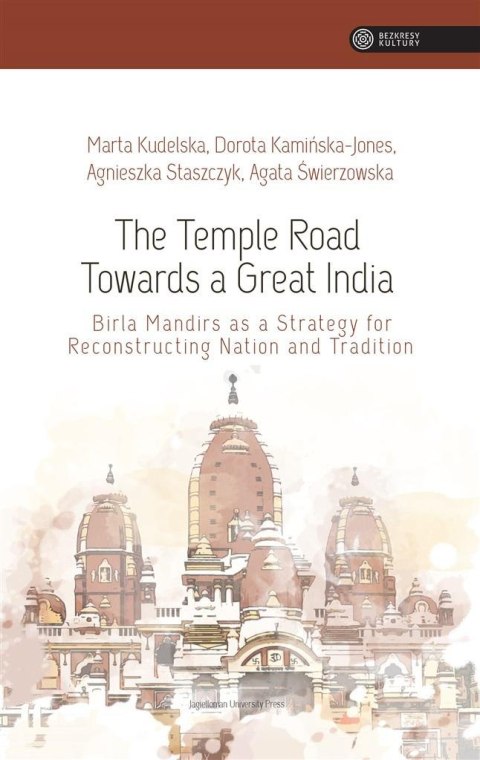


The Temple Road Towards a Great India
Symbol:
9788323346463
Dostępność:
4
szt.
![]()
41.29
Zamówienie telefoniczne: 791572838 Zostaw telefon
Wysyłka w ciągu:
3 dni
Cena przesyłki:
7.99
- Odbiór osobisty 0
- DPD Pickup punkt odbioru / automat paczkowy 7.99
- Paczkomaty InPost 12.99
- Kurier DPD 14.99
- Kurier INPOST 14.99
- Kurier DPD Pobranie 19.99
Więcej o produkcie
Autor:
Marta Kudelska, Dorota Kamińska-Jones, Agnieszka
Wydawnictwo:
Wydawnictwo Uniwersytetu Jagiellońskiego
Stron:
680
Rok wydania:
2020
Oprawa:
broszurowa
Waga
0.15 kg
Kod kreskowy:
EAN:
9788323346463
The Vastness of Culture is a series of publications presenting cultural studies and emphasizing the role of comparative research and analyses that reveal similarities, differences and intercultural influences. In our publications, cultures and civilizations are in a state of constant flux, engaging in dialogue, creating new understandings, competing for meaning under the influence of global content, without any clear boundaries, but with a vastness that forces questions to be raised.
Prof. Marta Kudelska is the Chair of the Centre for Comparative Studies of Civilisations, Jagiellonian University in Krakow. Her research interests include Indian philosophy and Sanskrit literature.
Prof. Dorota Kamińska-Jones is a lecturer in the Faculty of Fine Arts at the Nicolaus Copernicus University in Torun. She is also lecturer of Indology at the University of Warsaw. Her research interests include the art and culture of India and Great Britain, above all from the period of the Empire, feminism, colonialism and intercultural relations; she is particularly concerned with issues related to womanhood.
Dr Agnieszka Staszczyk is an assistant professor in the Centre for Comparative Studies of Civilisations at the Jagiellonian University in Krakow. Her research concerns the art of the Indian subcontinentespecially early iconography, the origin and cultural function of religious representations, and the architecture of modern temples.
Dr Agata Świerzowska is an assistant professor in the Centre for Comparative Studies of Civilisations at the Jagiellonian University in Krakow. Her field of interest covers the theory of religion and contemporary changes in religion and spirituality seen from an inter-cultural perspective.
Autor:
Marta Kudelska, Dorota Kamińska-Jones, Agnieszka
Wydawnictwo:
Wydawnictwo Uniwersytetu Jagiellońskiego
Stron:
680
Rok wydania:
2020
Oprawa:
broszurowa
-
Polecamy
-
Produkty podobne
42.24
73.01
15.29
![[{[item.product.name]}]]([{[item.product.photo.url]}] 75w)











